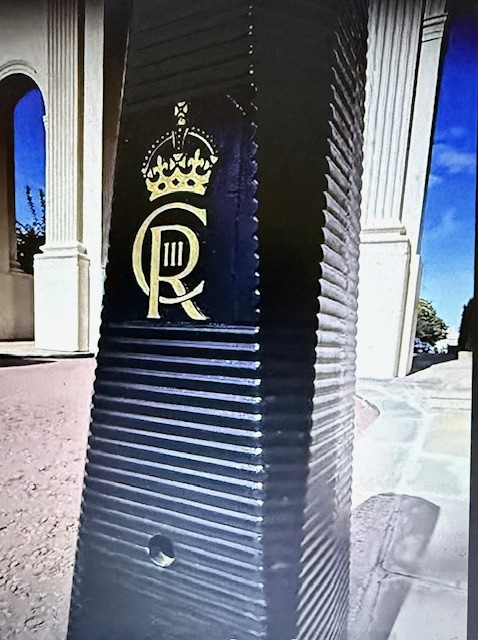Historic Drinking Fountain Restored to Life Near Great Ormond Street Hospital: A Symbol of London’s Watery Past
In the heart of London, a forgotten treasure has been brought back to life. The Guilford Place drinking fountain, first erected over 150 years ago near Great Ormond Street Hospital, has been beautifully restored to working order. Installed in 1870 to honor Francis Whiting, a local resident, this iconic structure once again flows with fresh water, offering refreshment to passers-by and preserving a piece of London’s rich history.
Designed by Henry Darbishire, a renowned Victorian architect known for his philanthropic projects, the fountain is a striking example of the decorative drinking fountains that began appearing across the city in the mid-19th century. The centerpiece of the fountain is a marble figure of the ‘Woman of Samaria,’ a biblical reference to the story of Jesus meeting a Samaritan woman at a well. The symbolic nature of the sculpture—a woman offering water—beautifully ties into the function of the fountain itself.
A Piece of London’s Watery Heritage
The fountain stands at the top of Lamb’s Conduit Street, named after a Tudor-era water conduit that once supplied fresh water to the area. London’s relationship with water has deep roots, and public drinking fountains have played an important role in that history. In the 19th century, public access to clean water was limited, and waterborne diseases were rampant. To combat this, organizations such as the Metropolitan Free Drinking Fountain Association, founded in 1859, began installing fountains across the city to provide safe drinking water for all. The Guilford Place fountain, installed in 1870, was part of this movement.
Public drinking fountains became a symbol of health, philanthropy, and public welfare, offering a clean alternative to the often polluted water sources of the time. Many of these fountains were elaborately designed, blending artistic craftsmanship with practical utility. The Guilford Place fountain, with its graceful marble sculpture and elegant design, is a prime example of this tradition.
Restoration of the Guilford Place Fountain
Despite surviving the bombings of World War II, the fountain fell into disrepair in the late 1990s. Its marble statue was damaged, the stone steps crumbled, and the water supply was switched off. However, after years of neglect, a £17,000 restoration project led by the Heritage of London Trust has revived this piece of history. The restoration included repairing the stonework, replacing the marble jug handle held by the ‘Woman of Samaria,’ and reinstating the plumbing to bring the fountain back to life. The project was inspired by a recent survey in which 78% of passers-by said they would use the fountain if it were restored.
Now fully operational, the fountain once again serves its original purpose—providing water to the public and even to dogs, with the addition of a dog bowl at the base.
A Tour of London’s Historic Water Fountains
London is home to many other historic drinking fountains, each with its own story. Some notable examples include:
- The Victoria Embankment Fountain – Located along the Thames, this fountain is an iconic part of the embankment and offers stunning views of the river.
- The Diana Memorial Fountain in Hyde Park – This contemporary design, opened in 2004, was built in memory of Princess Diana and encourages visitors to interact with the water.
- The Samuel Gurney Memorial Fountain in Holborn – Built in 1867, this ornate fountain was dedicated to the Quaker philanthropist and remains a testament to Victorian charity.
- The Archibald Fountain in Regent’s Park – This elegant fountain is a focal point in one of London’s most famous green spaces.
Across the city, from grand parks to quiet streets, these fountains tell the story of London’s long-standing relationship with water and public health.
Preserving London’s Water Legacy
The restoration of the Guilford Place fountain is part of a larger initiative by the Heritage of London Trust, which has now restored 13 historic fountains across the city. These efforts not only preserve beautiful architectural works but also highlight the importance of accessible, clean water in urban spaces. As London continues to grow, these fountains stand as reminders of the city's commitment to public health and its deep-rooted connection to water.
Next time you’re wandering through the city, keep an eye out for these remarkable monuments—they’re not just historical artifacts, but functional pieces of London’s living history, ready to refresh the next thirsty traveler.


.jpg)





